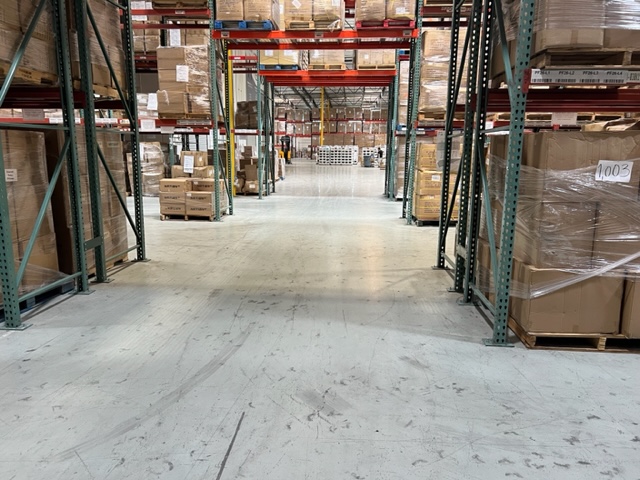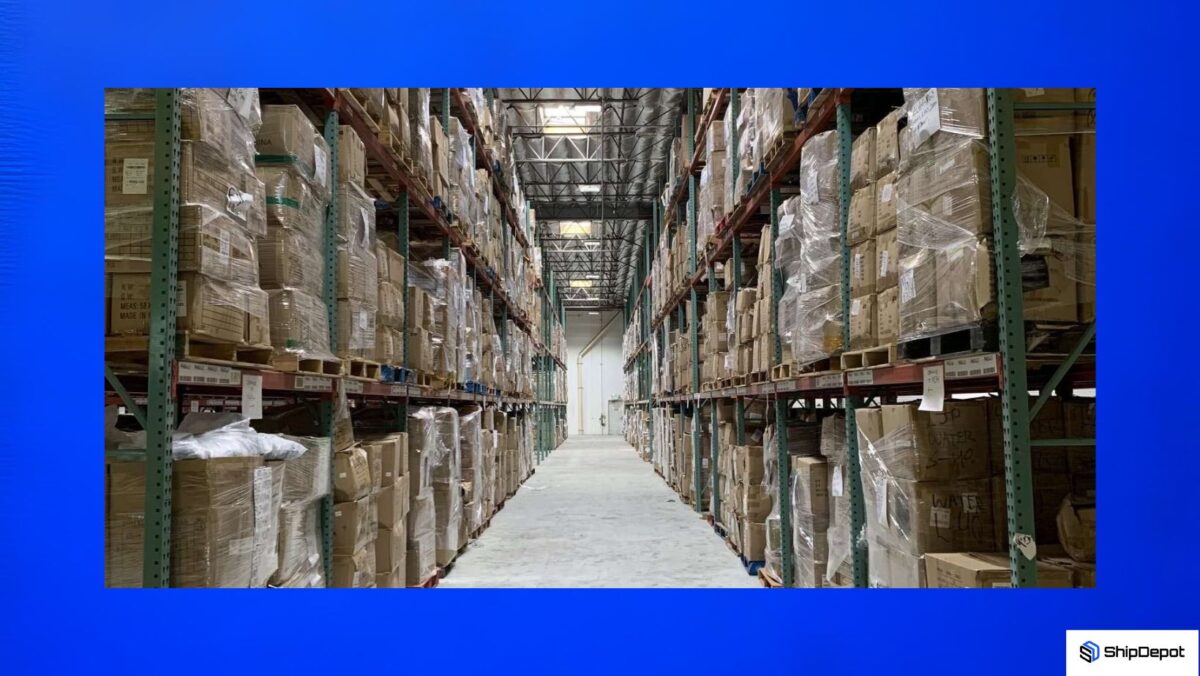-
Avoid These 6 Common Mistakes When Partnering with 3PL Providers

Partnering with a 3PL provider can bring many benefits to a business, including increased efficiency, cost savings, and improved customer service. However, choosing the wrong provider can hinder your business from achieving success.
-
Maximizing Efficiency: The Top Ecommerce Fulfillment Strategies Used by 3PLs

Have you ever wondered how third-party logistics companies (3PLs) operate? What are their strategies to satisfy their customers’ needs and, of course, retain them? Whether you’re looking for a 3PL or not, continue to read on and learn the top fulfillment strategies these companies use to establish a strong foundation for long-term success. Perhaps there…